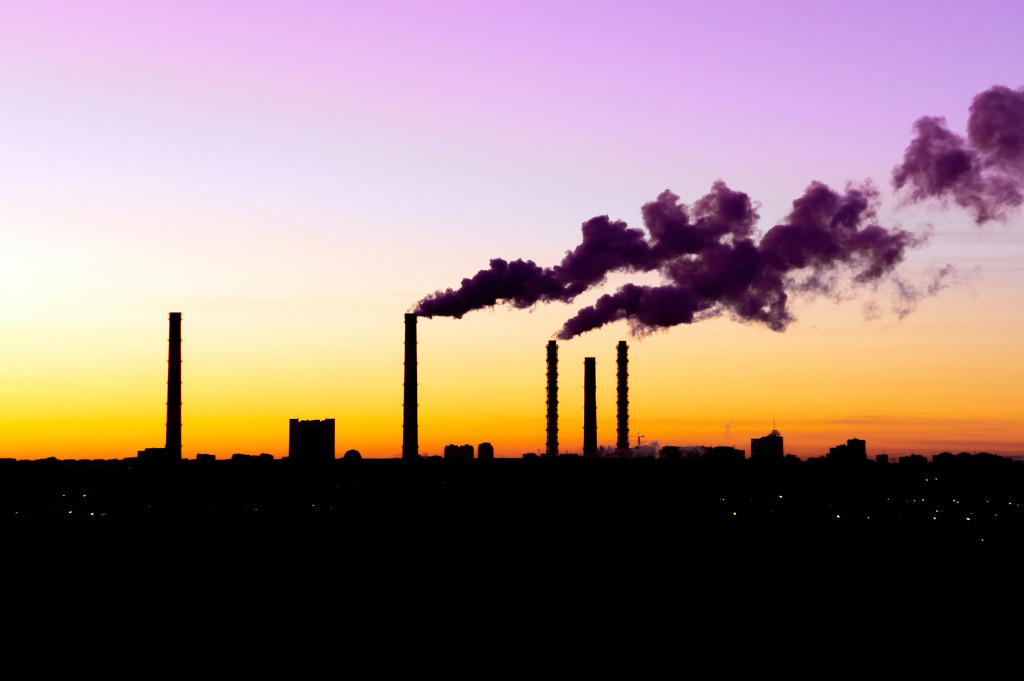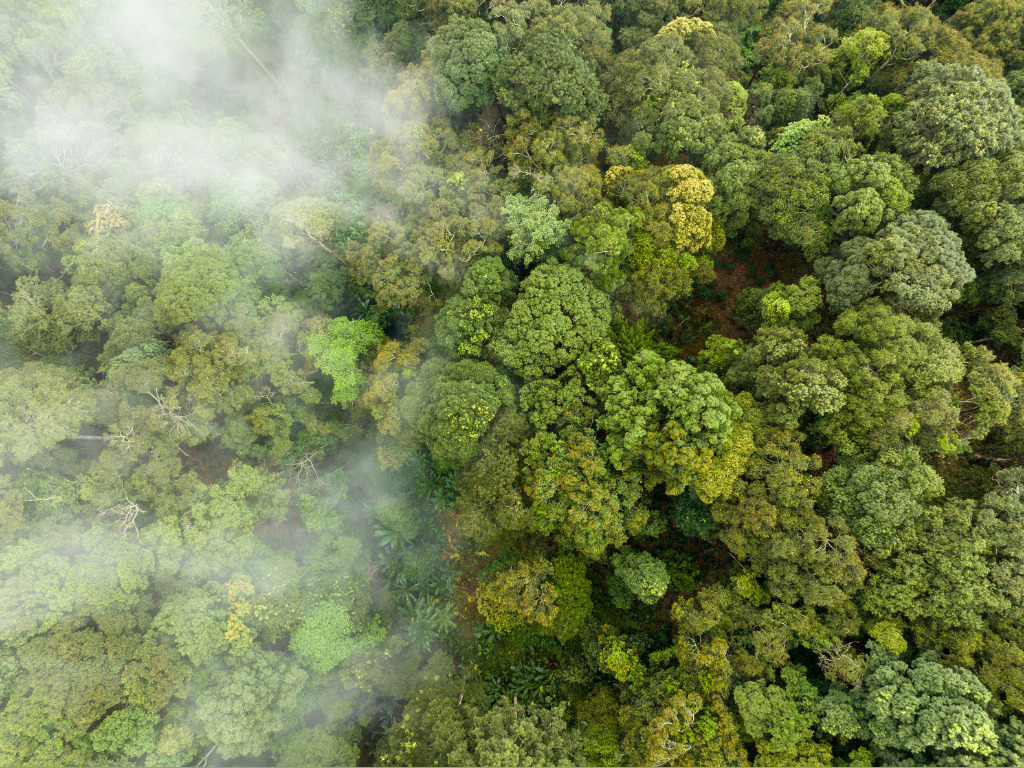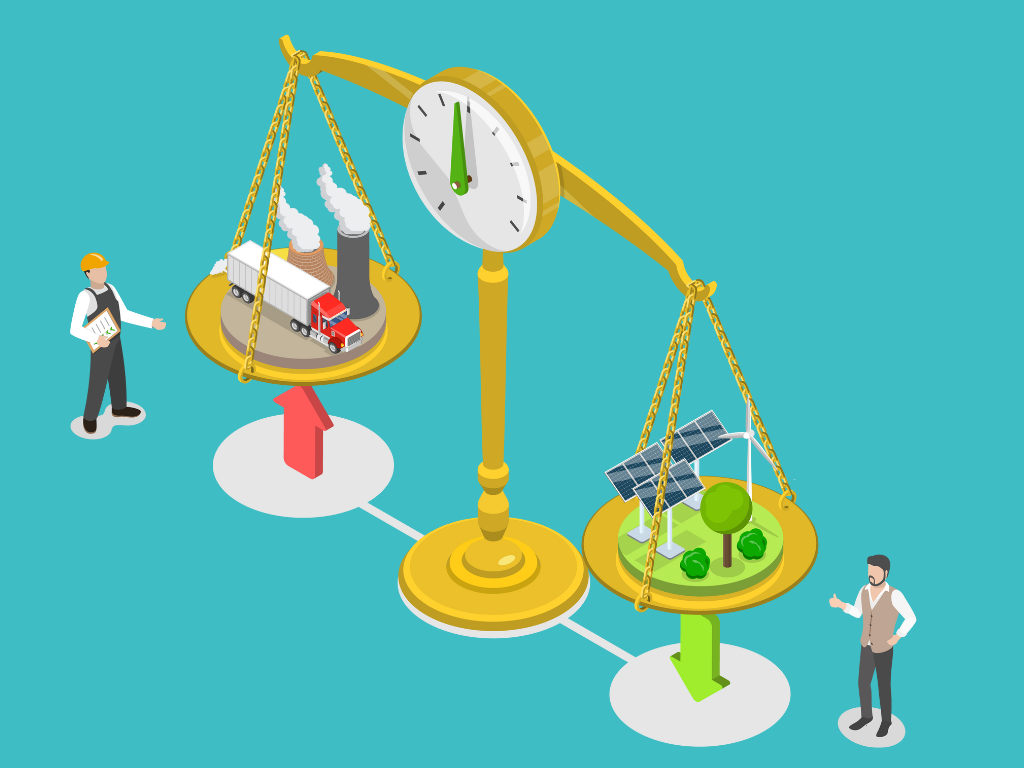9 Mins Read
Many businesses use carbon offsetting as a way to bring down their emissions totals and mitigate their environmental impact, but a slew of recent investigations into the practice have found that offsets are deeply flawed and not doing what they promise.
All businesses are in the business of cutting emissions – and with the acute climate crisis the planet is facing, they ought to be too. They also ought to be doing better, despite so many introducing net-zero targets in the near future. That’s because many use carbon offsets as a way to ease their impact on the climate.
Put simply, carbon offsetting involves companies “cancelling out” their emissions by investing in projects that promise to reduce carbon elsewhere, like reforestation initiatives, clean energy production and more recently, carbon capture projects. By buying these so-called ‘carbon credits’, you can ‘balance out’ the amount of carbon in the atmosphere.
It’s a practice so widespread that carbon offsetting is its own industry – the voluntary carbon market is worth $2B. There are a whole host of firms that act as carbon certification bodies, including the Gold Standard Foundation, Climate Action Reserve, American Carbon Registry, Verra, the UN’s Clean Development Mechanism (CDM), SCS Global Services, and Green-e Climate – to name just a few, with no globally agreed-upon standard. These organizations help to ‘verify’ carbon reduction projects and then sell them to corporations as carbon credits.
So what’s the problem? Well, carbon offsets – while a seemingly good idea in theory – don’t really work in most cases. Some say there aren’t enough trees in the world to capture enough carbon and make up for our emissions, not to mention that it can take an average of 20 years for tree saplings to become viable for carbon offsetting. Carbon offsetting is also difficult to verify and quantify, and its impact doesn’t start soon enough (and most projects don’t last long enough, for that matter). It can also be passed on to low-emitting developing countries, and some projects have been shown to harm local populations and in a few cases, displace indigenous communities. Finally, in multiple instances, the investigations found that the emission reduction initiatives would have happened anyway, so should not be counted as credits.
Carbon offsets are also used as a way for companies to avoid cutting emissions – hey, if you can just balance your emissions by paying a certain amount of money, why stop and think about reducing them in the first place?
These are just some of the reasons why multiple investigations have found that carbon offsets aren’t a viable solution to reducing emissions. Here’s a detailed timeline of these.
2017: EU Commission
In 2017, the European Commission released a study revealing major flaws in carbon offsets from the UN’s CDM. It found that 85% of offsetting projects commissioned by the EU failed to reduce emissions, and predicted that 73% of the potential supply of CDM’s credits between 2013-20 would be unlikely to have “environmental integrity” – i.e., ensuring that emission reductions are additional and not overestimated.
Only 2% of the cover projects and 7% of potential ones would have a high likelihood of reducing emissions. “CDM still has fundamental flaws in terms of overall environmental integrity,” the report read. “It is likely that the large majority of the projects registered and CERs issued under the CDM are not providing real, measurable and additional emission reductions.”

January 2023: Joint investigation into Verra
In January, a joint investigation by the Guardian, German weekly Die Zeit and investigative journalism non-profit SourceMaterial uncovered damning stats about one of the world’s leading carbon standards, Verra. The nine-month investigation consisted of three studies (two peer-reviewed, one in pre-print at the time) and found that more than 90% of the Washington, DC-based firm’s rainforest offset credits were “worthless”.
Verra, whose carbon credits have been used by the likes of Disney, Shell, Gucci, EasyJet, Leon and BHP (among dozens of others), claimed to have reduced 90.9 million tonnes of carbon emissions – but the analysis found that only 5.5 million tonnes of reductions were actually achieved. Additionally, researchers found that 94% of the credits produced by 29 of Verra’s projects presented no benefit to the climate, and should never have been approved.
Meanwhile, seven of these projects – known as Redd+ schemes – had between 98% and 52% less reduction than what Verra’s system claimed, while one had 80% more impact. The report also cited a 2022 University of Cambridge study of 32 Verra-approved projects, which found that the threat to forests – or the baseline scenarios of forest loss – had been overstated by around 400% on average.
Additionally, one of the offsetting schemes – a flagship project in Peru – was linked to serious human rights issues. The Guardian was shown videos of local residents showing their “homes being cut down with chainsaws and ropes by park guards and police”. The local community also mentioned forced evictions and tensions with park authorities.
The pre-print study that contributed to the above investigation has since been peer-reviewed and published in the Science journal. In response to the reporting, Verra refuted the claims made by the researchers. “It is absolutely incorrect to say that 90% of Verra-certified REDD+ credits are worthless,” its legal, policy and markets chief Robin Rix told the Guardian. “The article bases this false claim on extrapolations of three reports by two different groups, who assessed a small number of projects using their own methodologies.”
September 2023: UC Berkerley’s research into Verra

Verra was the focus of another study, this time by the University of California, Berkeley’s Carbon Trading Project. The research found that Verra’s Redd+ projects are not fit for purpose and are open to exploitation, stating that these rainforest conservation schemes are not a suitable approach for carbon offsetting and calling for different methods to protect ecosystems like the Amazon and Congo basin.
The study accused Verra of reporting highly inflated environmental impacts, with these projects actually being unsuitable for companies to use for carbon offsetting as they aren’t equal to fossil fuel emissions. These results were based on five quality factors of Redd+ projects: durability, forest carbon accounting, community safeguards, deforestation leakage, and baselines. The researchers found widespread shortcomings in all these metrics.
A majority of these credits didn’t have a positive effect on the environment, and the projects frequently underplayed the risk of displacing deforestation elsewhere. Auditors were found to have failed to enforce Verra’s own rules on generating carbon credits.
On top of that, the study found that some of Verra’s Redd+ projects had led to the displacement of vulnerable forest communities, in spite of safeguards that were designed to prevent harm to these populations.
The report suggested governments and companies focus on stopping the root causes of deforestation, support plans to help Indigenous people conserve forests, and adopt an approach of contributions to enable rainforest conservation, instead of buying offsets.
In response, Verra said: “We are committed to transparency, and have built an ecosystem of processes and relationships to develop consensus standards and methodologies that support climate action. It is important to note that the vast majority of findings and recommendations from this research align with extensive and systematic work to update the Verified Carbon Standard (VCS) Program that has been carried out by Verra over the last two years.”
September 2023: The Guardian and Corporate Accountability’s findings

Another Guardian investigation, this time in collaboration with non-profit Corporate Accountability, devised a system classing most offset projects as ‘junk’. Projects were labelled likely junk “if there was compelling evidence, claims or high risk that it cannot guarantee additional, permanent greenhouse gas cuts among other criteria”.
The report analysed the top 50 carbon emissions projects globally, based on the number of credits sold and representing a third of the total voluntary offset market. It found that 39 of these 50 (78%) were likely junk or worthless, owing to failures that undermine the promised emissions cuts. Eight others (16%) looked problematic and were classed as potentially junk, while the efficacy of the remaining three couldn’t be determined properly (due to a lack of information about quality and/or accuracy).
These projects included forestry schemes, hydroelectric dams, solar and wind farms, waste disposal and greener household appliances schemes across 20 (mostly) developing countries, which have retired/sold a total of 343 million carbon credits. Of these, 267 million were classified as junk, with 61 million being potentially junk.
A total of $1.16bn worth of carbon credits traded from these 50 projects were worthless, with an additional $400m of credits potentially junk – that’s $1.56bn, which is higher than the GDPs of Samoa, Marshall Islands, Kiribati and Tuvalu combined. This is important because most of these top 50 offset projects are in the Global South, a region that has disproportionately borne the brunt of the world’s problems, despite accounting for a much lower amount of emissions than countries in the North.
“These findings show that the voluntary carbon market is flawed and basically a fraud, allowing the west [sic] to offset their emissions and continue business as usual at the expense of the Global South,” Indian climate adviser Souparna Lahiri told the Guardian. “The carbon market and the rich west, for the last 25 years has actually done nothing to mitigate the climate crisis, rather, protected their high-emitting industry, production, consumption and lifestyle. It’s a story of continuing and widening inequity and climate injustice.”
Of these 50 projects, nearly two-thirds (32) were certified by Verra, and 28 of these were classed as junk. Verra disputed these findings, pointing to research and a study of 40 Redd+ projects that found deforestation and degradation declined in the first five years of implementation.
Carbon offsetting is not a viable solution

While efforts have been made to bring about more legitimacy to this industry – a new global initiative is helping businesses choose better carbon credits and introduce more transparency to the sector – there are counterarguments about how the funds raised could help with deforestation, and as things stand, carbon offsets don’t work.
They are a form of corporate greenwashing – and yesterday, the EU voted to ban businesses from claiming that their products are carbon-neutral. The law, which will come into force in 2026, aims to protect citizens from misleading sustainability claims.
“We need more standardisation of what a high-quality credit looks like,” Annette Nazareth, co-chair of the Integrity Council for the Voluntary Carbon Markets (which introduced the aforementioned carbon credits guide), told the Guardian. “We want to take out the uncertainty and create a market of high integrity so that there can be much greater confidence and corporations can invest.”
Nat Keohane, president of the US Center for Climate and Energy Solutions, added that companies must not use carbon credits as a “get out of jail free” card, arguing that these credits “should be complementary, not a substitute” to cutting emissions.
But in a business-as-usual, as the many investigations detailed above demonstrate, carbon offsetting appears to be more of a climate fairytale than a viable, credible solution to reducing global greenhouse emissions. “Offsetting should be axed. It cannot work in its current form, and carbon markets must evolve into something different,” Gilles Dufrasne, policy lead on global carbon markets for Carbon Market Watch, told the Guardian. “The focus should be on getting money to the right place, rather than getting as many credits as possible.”




